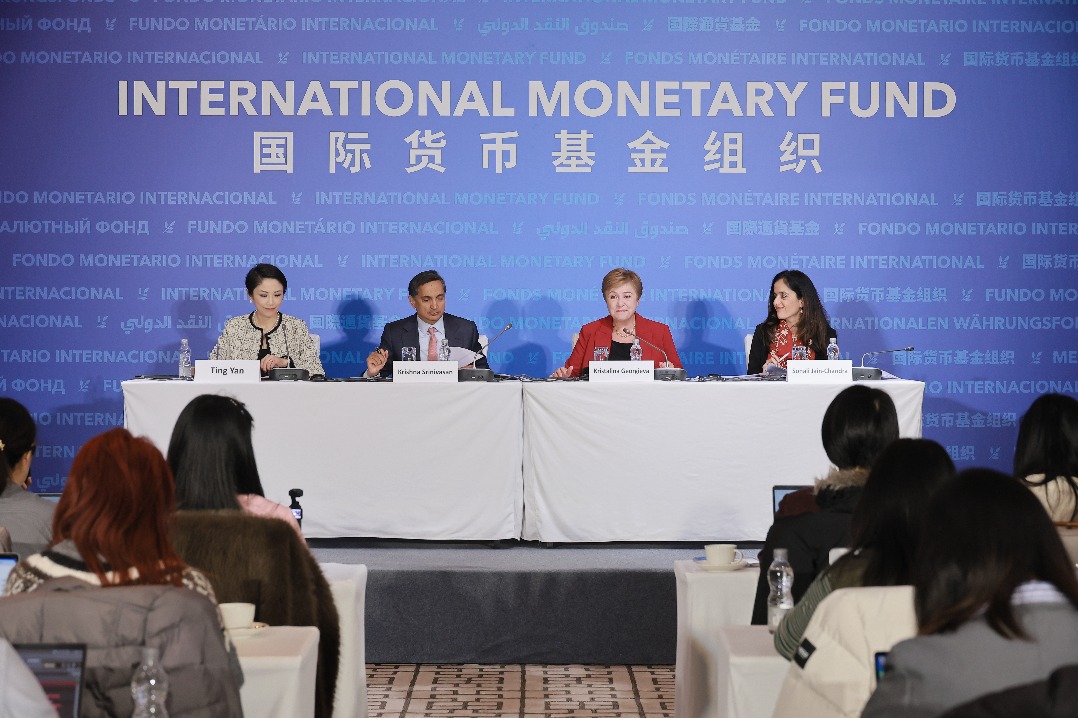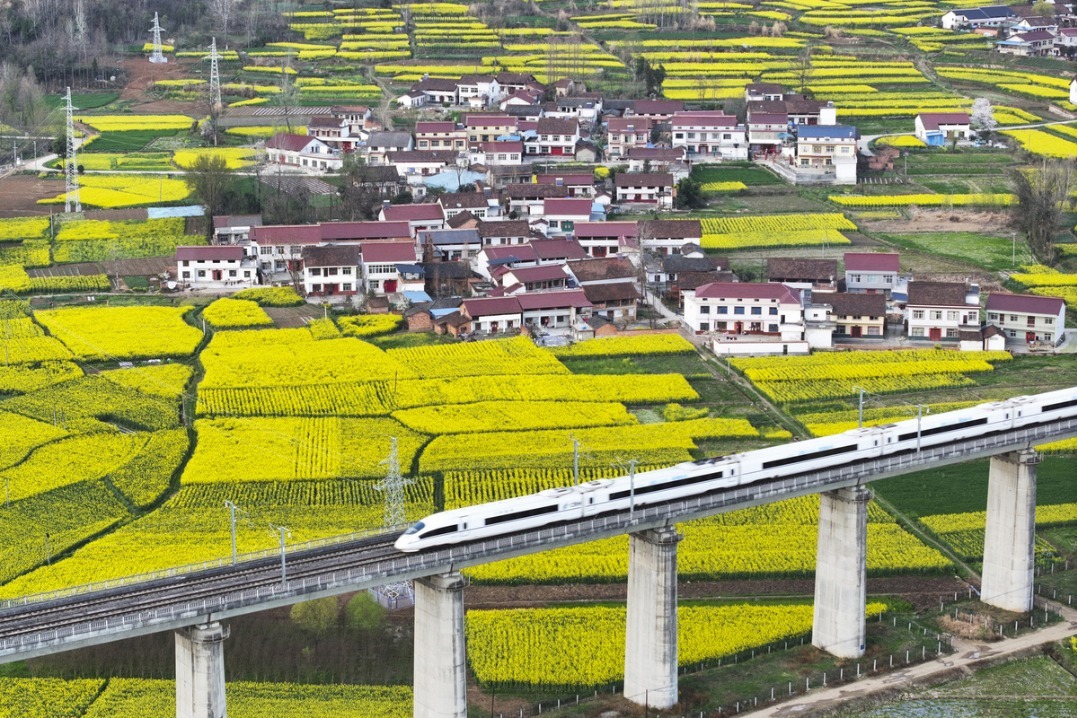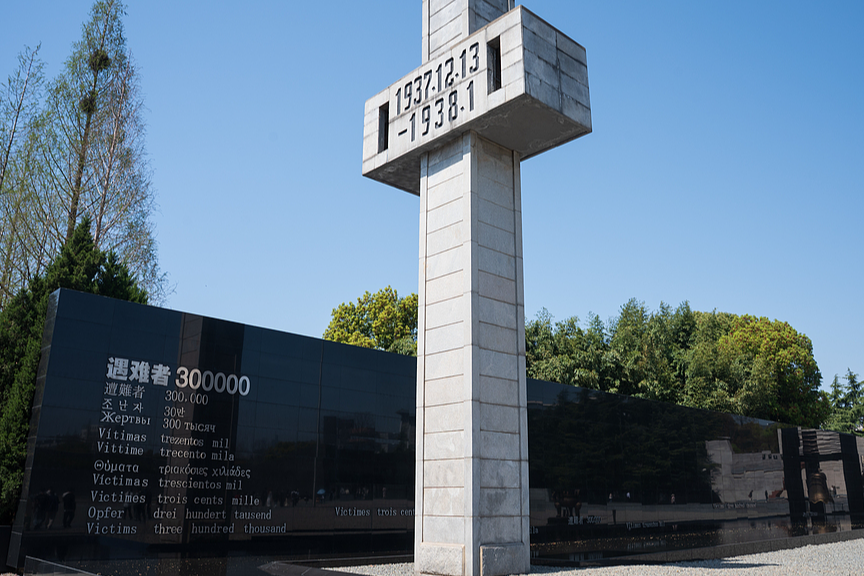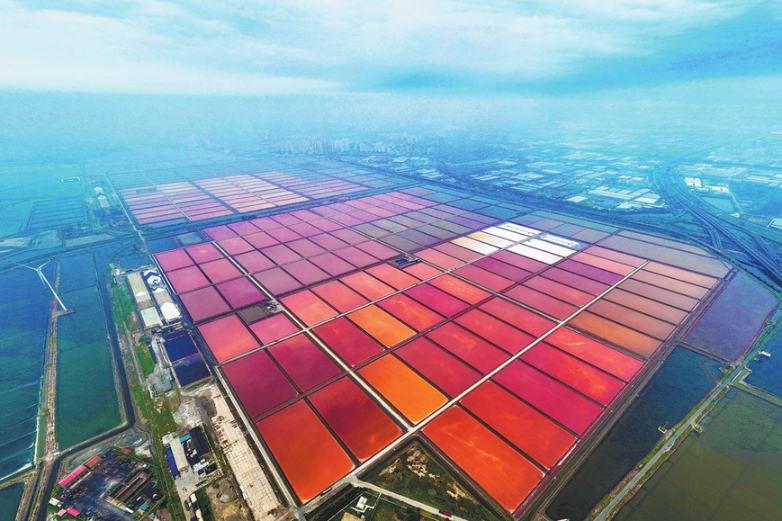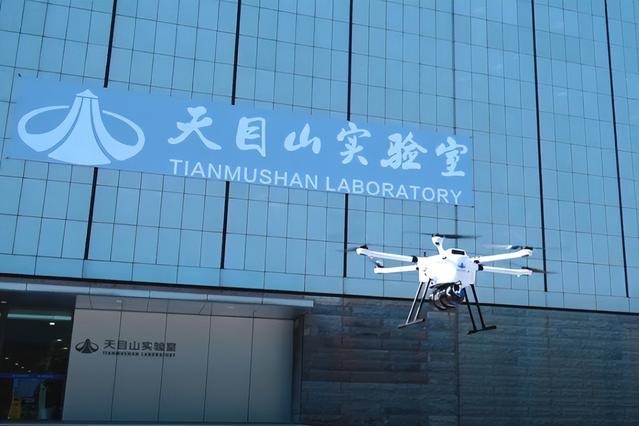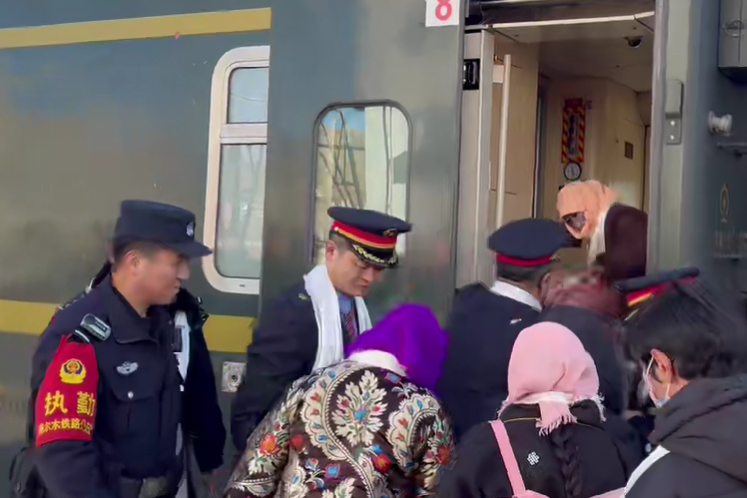ETHNIC COUTURE MEETS THE CAMERA
In the latest tourism trend, travelers don traditional local clothing to create vivid memories, Zhang Yangfei reports.

When tourists visit Lhasa, Tibet autonomous region, they can do more than check off the iconic tourist spots on their list. They can immerse themselves in the traditional clothing culture and take pictures in front of the famed Potala Palace.
That's what Shen Yeqiu, a 29-year-old media worker from Beijing, did during his first visit to Lhasa last year. When he searched for things to do in the city using Dianping, a travel advisory platform featuring consumer reviews, a host of photography studios popped up. He picked one at random.
Upon placing the order, he was offered a choice of Tibetan costumes. A makeup artist dressed him up and a photographer led him to the best spot near the Potala Palace to snap a picture. After a little photo tweaking was done on a computer, Shen said he was really satisfied with the result.
"I heard that girls often recommend this kind of travel photography. Everyone has a desire to look attractive," he said.
Shen said the primary reason for choosing the service was that he wanted to try a new experience.
"I had never worn the clothing of a different ethnic group before. Taking a set of photos with local characteristics creates some special memories of the trip," he said.
At popular tourist destinations, especially those featuring different ethnic groups-as in Tibet, Yunnan province and the Xinjiang Uygur autonomous region-photography showing local culture has become increasingly popular with tourists in recent years.
Unlike traditional photo services for travelers, specialized photography studios nowadays take their product to a more sophisticated level and allow tourists to experience "being local". The result must be beautiful to compete.
On the Dianping website, many photo studios appear in a search for "photography" in Lhasa. Most are located near the Jokhang Temple, one of the most visited attractions in the central part of the city. Prices range from 299 yuan ($46) to thousands of yuan depending on the shooting location.
Take one of the most highly rated studios-Xiyu-for example. Its best-selling package is priced at 399 yuan for one shooting location, one costume set, 40 original pictures and 10 carefully refined photos. In the "highlights" section, the studio touts its "one-on-one service by a senior photographer and senior makeup artist".
The studio also offers shoots on the Tibetan grasslands, where customers can wear the clothing of Tibetan herdsmen, with photos taken against a backdrop of vast pastures and herds of yaks.
In addition to Tibet, services have emerged rapidly in recent years in Dali, Lijiang and Xishuangbanna, in Yunnan province; and Kashgar, in the Xinjiang Uygur autonomous region. Tourists can experience local culture by wearing clothes of the Dai, Tibetan and Uygur ethnic groups.
Wang Xiqiang, 29, founder of a photography studio in Lhasa called Xiya Zangdi, said Lhasa now has more than 100 such studios. He offers six different service packages, with shooting locations at Potala Palace, Jokhang Temple, Yerpa Temple, a pasture and a glacier on the outskirts of Lhasa. Prices range from 399 to 5,488 yuan.
Wang said tourists come to his studio, purchase a package and then choose from a variety of Tibetan costume styles. Once the clothing is decided, makeup personnel will apply a style compatible with the clothes.
The entire process lasts two to three hours. Customers can receive their photos immediately after the shoot and select a dozen others for which the studio will do further editing. The refined pictures will be sent to the customer within two weeks.
Wang started his business in late 2019. Originally from the Ningxia Hui autonomous region, he had been a wedding photographer before setting up the studio in Lhasa. He said he fell in love with Tibet after a trip there in 2016.
In 2019, he noticed a new trend in travel photography, so he moved to Lhasa and launched his own photography studio.
To ensure the authenticity of Tibetan styles, he recruited a Tibetan employee and worked to customize the clothes with a few specialized factories in neighboring Sichuan province. When he started the business, the industry was in its infancy, he said, but now it has grown up.
The unique geographical and climatic conditions of Tibet tend to limit the number of visitors each year. It gets fewer than other tourist hot spots in China. However, during peak season in July and August when tourists flood into Lhasa, demand for the special photography soars. The square in front of the Potala Palace and Barkhor Street near Jokhang Temple are crowded with tourists dressed in Tibetan costumes posing for cameras.
"In the beginning, China's photography industry was focused on indoor studio shooting. Then, with the development of tourism, people have figured that shooting for travelers is also a good idea, so a part of the photography industry has begun to lean in this direction," he said. "From there, people found that wearing the clothing of different local ethnic groups was appealing, so this sort of photography was derived from travel."
He said it's a good trend because the pictures show case and publicize the cultures of different ethnic groups.
"If the photos look good, there will be a lot of people saying that this place is attractive. This special shooting experience can also add some fun and good memories to a trip," he added.
Jiang Jiangping, a 27-year-old graphic designer in Lijiang, Yunnan province, said she has noticed that travel photography featuring the fashions of ethnic groups has boomed suddenly and rapidly swept across the province since 2019.
It started in Xishuangbanna, a prefecture with a large Dai ethnic population.
"Dai clothes highlight women's lines and look good through the camera," she said, adding that Lijiang offers a variety of different clothing choices, ranging from traditional Han to Dai and Tibetan.
Jiang said the popularity of the photography also comes with people's rising acceptance of different fashion styles. Jiang herself loves different fancy dresses. Since college, she has worn lolita dresses, a Victorian-style costume consisting of a lace blouse and a voluminous skirt with a petticoat underneath, as well as Japanese female high school styles and Hanfu, the traditional clothing of the Han ethnic group.
At first, people would stare at her when she dressed differently. "This situation is much improved these days. Some people still look at me, but now with an appreciative eye," she said.
Inspired by her passion for different clothing and photography, Jiang has taken up modeling as a part-time job. She has a few photographer friends who will discuss what style to choose for each shoot.
The beautiful portraits have helped her gain more than 8,000 followers and 56,000 likes on Xiaohongshu, a lifestyle sharing platform.
Jiang said she especially likes the styles of different ethnic groups. As a member of the Naxi ethnic group, she has taken photos featuring the typical costumes of her own people, as well as Hanfu, Miao and Tibetan clothes, which are favored by users of social media. In August, Jiang posted a series of photos of herself in Tibetan clothes, garnering more than 7,500 likes.
She said the development of photography with different ethnic characteristics not only allows people to have a special experience but also educates.
"For example, our Naxi people have a typical shawl, and when you put it on you may be inclined to want to know more, such as why it's this color or what its connotation is," she said. "People will take the initiative to learn more about the culture."
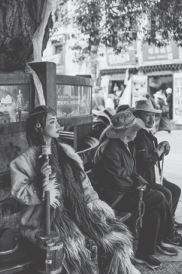
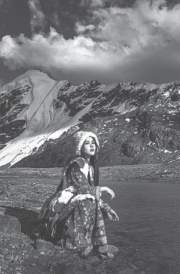
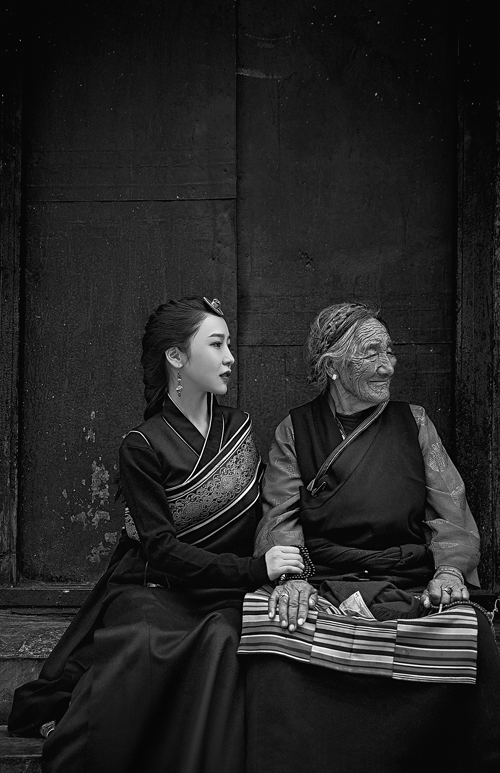
Today's Top News
- Xi sends congratulatory letter to forum dedicated to the International Year of Peace and Trust in Turkmenistan
- China to host 33rd APEC Economic Leaders' Meeting in Nov
- Strengthening domestic demand central to China's new five-year plan
- China's grain output tops 714 million tons in 2025
- China proposes theme, priorities for 2026 APEC 'China Year'
- Reforming consumption rules to fully unlock spending
















